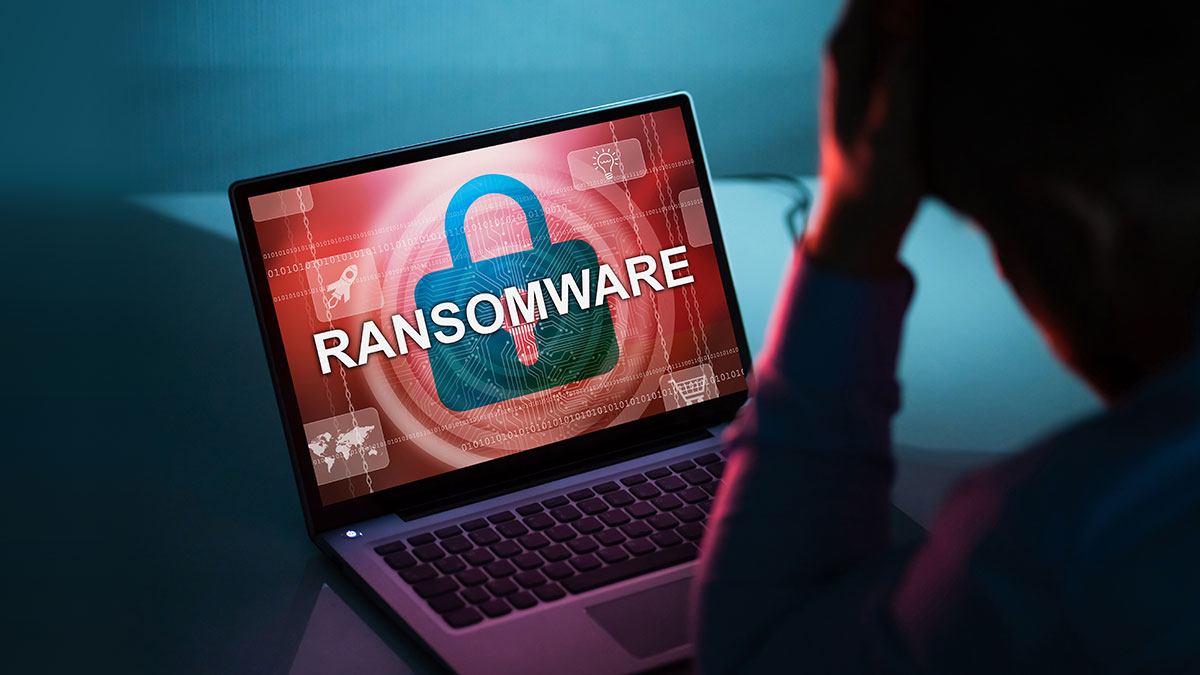A growing number of people and organizations are being targeted by ransomware assaults, which encrypt important data and demand large ransoms for the decryption keys. Ransomware decryptors become crucial tools for retrieving encrypted files without caving in to the demands of cybercriminals as these attacks intensify. This article examines the definition of ransomware decryptors, their operation, efficacy, and recommended usage procedures.
What Are Ransomware Decryptors?
Ransomware decryptors are specialized software tools designed to reverse the encryption process applied by ransomware. When a system is infected, the ransomware utilizes strong encryption algorithms to lock files, rendering them inaccessible to the user. A decryptor can potentially restore access to these files, provided it is specifically tailored for the ransomware variant that has attacked.
How Do Ransomware Decryptors Work?
The functionality of ransomware decryptors hinges on a few key processes:
- Identification of Ransomware Variant: The first step in using a decryptor is identifying the specific ransomware variant that has encrypted your files. Tools such as ID Ransomware can help identify the strain based on ransom notes or file extensions. Accurate identification is crucial, as different ransomware types use various encryption algorithms and keys.
- Acquiring the Decryptor: Once the ransomware is identified, the next step is to find a decryptor designed for that specific variant. Several cybersecurity companies, including Emsisoft, Kaspersky, and Avast, offer free decryptors for known ransomware strains. These tools can often be downloaded from their official websites or security forums.
- Decryption Process: After downloading the appropriate decryptor, users can run the tool against their encrypted files. The decryptor utilizes known vulnerabilities in the ransomware’s encryption process to restore the files to their original, unencrypted state. This process may take time, depending on the number and size of the files involved.
- Verification of Recovered Files: Once the decryption process is complete, it’s essential to verify that the recovered files are intact and functional. Users should check for any corruption and ensure that the data is fully accessible.
The Importance of Ransomware Decryptors
Ransomware decryptors play a crucial role in data recovery efforts for several reasons:
Cost-Effective Recovery
One of the most significant advantages of using a decryptor is the financial savings it offers. Paying the ransom does not guarantee that files will be restored, and the costs can be exorbitant. Ransomware decryptors provide a no-cost alternative, allowing individuals and organizations to regain access to vital data without resorting to criminal payments.
Diminishing Criminal Incentives
Utilizing decryptors can help reduce the profitability of ransomware attacks. If victims can recover their data without paying the ransom, it may discourage cybercriminals from continuing their activities. This shift can potentially lead to a decline in the frequency and severity of ransomware incidents.
Rapid Restoration of Operations
For businesses, data is often the lifeblood of operations. A ransomware attack can disrupt services and halt productivity. Ransomware decryptors facilitate quick recovery, allowing organizations to restore normal operations with minimal downtime, thus preserving their reputation and customer trust.
Limitations of Ransomware Decryptors
While ransomware decryptors are invaluable, they are not a panacea. There are limitations:
- Not Universally Applicable: Not every ransomware strain has a corresponding decryptor. New or sophisticated ransomware types may not yet have known vulnerabilities or available decryptors.
- Specific Conditions: Some decryptors may only work under specific conditions, such as when the ransomware has not deleted shadow copies or backups.
Best Practices for Using Ransomware Decryptors
- Regular Backups: Maintaining regular backups of important data is critical. Even with decryptors, having a reliable backup strategy ensures data is secure and recoverable.
- Download from Trusted Sources: Always download decryptors from reputable cybersecurity websites to avoid malware risks.
- Stay Updated: Keep informed about the latest developments in ransomware and available decryptors. Cybersecurity forums and communities can provide valuable insights and updates.
Conclusion
Ransomware decryptors are essential tools in the fight against ransomware attacks. They offer a cost-effective solution for recovering encrypted data without paying ransoms, thereby reducing the incentive for cybercriminals. By understanding how to effectively utilize these tools and implementing robust data protection strategies, individuals and organizations can better safeguard their valuable information against the looming threat of ransomware.

